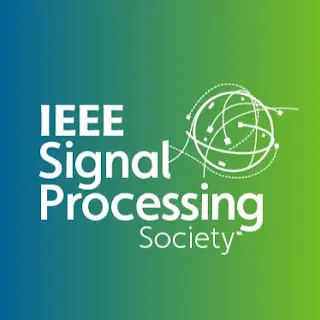Sparse-View Cone Beam CT Reconstruction Using Data-Consistent Supervised and Adversarial Learning From Scarce Training Data
Reconstruction of CT images from a limited set of projections through an object is important in several applications ranging from medical imaging to industrial settings. As the number of available projections decreases, traditional reconstruction techniques such as the FDK algorithm and model-based iterative reconstruction methods perform poorly.
